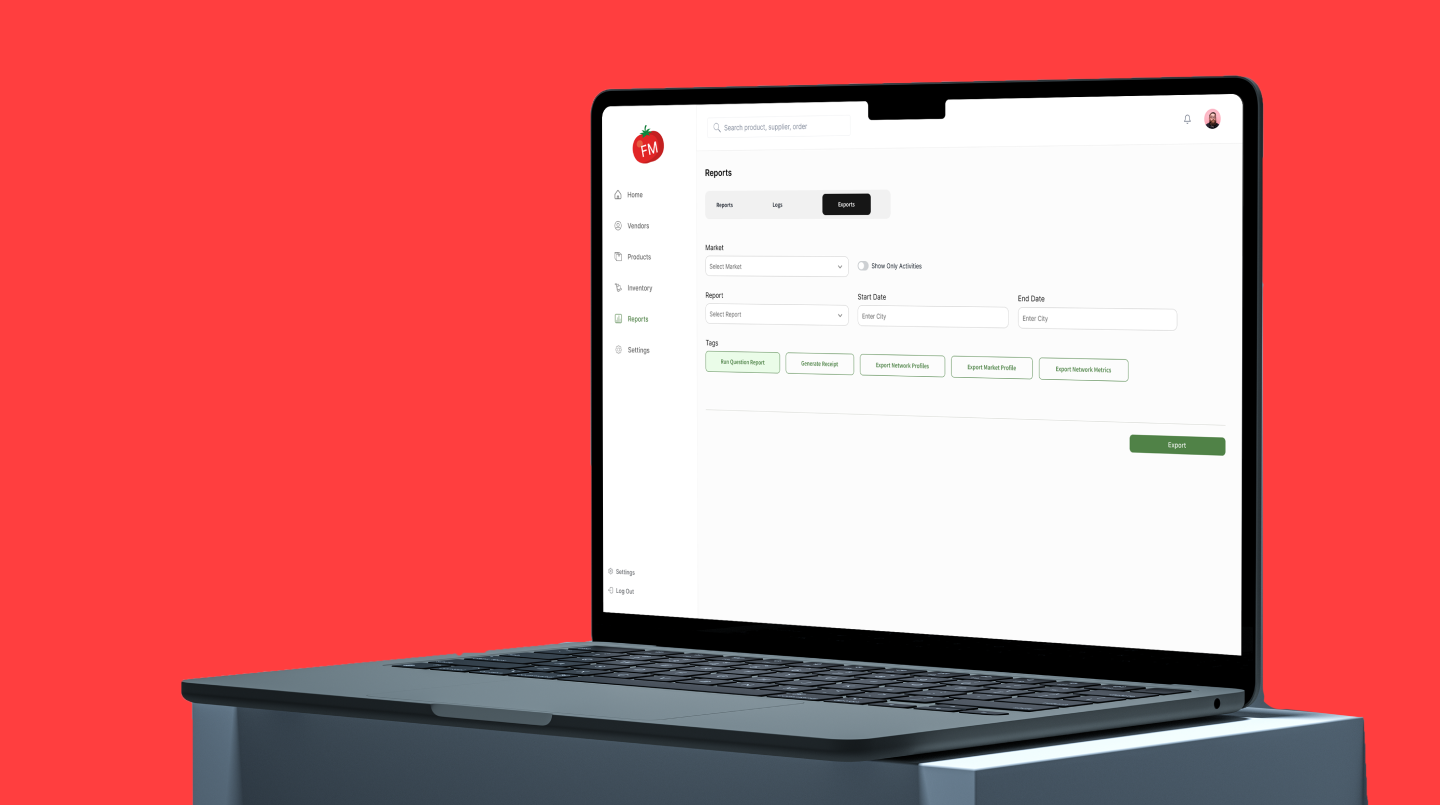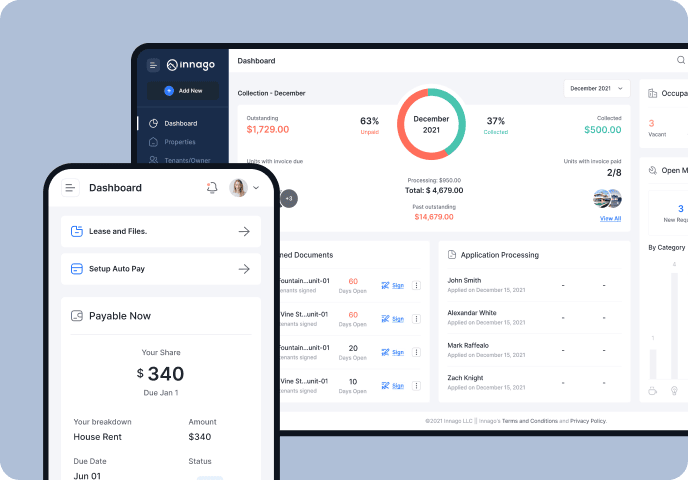FM Tracks Improved Farmer's Market Reporting and Analysis
Product Development

The Challenge
FM Tracks is an iOS mobile app and web-based portal used by farmer’s markets and similar organizations. With FM Tracks, market managers, incentive program managers, and individual vendors can record daily transactions, report on key market metrics, and track the use of incentive programs.
The software was developed by Dr. Darcy Freedman, an applied population health scientist and community psychologist at Case Western Reserve University. Dr. Freedman initially built the solution to evaluate the impact of federal healthy food incentives on Supplemental Nutrition Assistance Program (SNAP) recipients.
The software solution grew beyond its initial purpose. It became a tool used by the managers of farmer’s markets, mobile markets, community-supported agriculture (CSA) groups, and other similar fresh food providers.
FM Tracks has two primary types of users:
- Direct-to-consumer market managers who operate one or more markets. These managers use the system to record daily transactions and track nutrition incentives.
- Managers of nutrition incentive program networks who organize programming locally, regionally, or across states. These users use the system to evaluate and report on program usage.
The software proved to be valuable, but the reporting functionality of the solution often frustrated users. For example, users could not filter reports or exclude programs that didn’t apply to them, so reports included all fields, even if those fields were blank. As a result, generating a report could take 3-4 hours.
The Design
The university engaged Taazaa to improve the reporting functionality of the web portal, make UI improvements, and fix other bugs in the software.
Working with a tech stack that included Angular, .NET Core, and SQL Server, our engineers optimized the database, added the ability to filter the results, and repaired coding defects.
For the incentive tracking functionality, we added the ability to exclude incentive programs that a market wasn’t participating in. The user can now reorganize the order in which the incentive programs are listed in the report. Market vendors can log customer transactions individually or lump them together in an aggregate, and market managers can create customized questionnaires to gather feedback from customers and vendors.
On the reporting side, we improved the data export functionality. Instead of getting one report that includes all data, program network managers and other evaluators can now select the type of data they want to export. We also improved the user interface (UI) and added one-click access to several commonly requested reports.
The Solution
Taazaa’s improvements impacted both market managers and program network managers.
Market managers can now generate uncluttered reports that are easier to analyze. With the new filters, they can remove programs they’re not participating in and reorganize the programs they do use. Now their reports show only data relevant to their market, in the order they prefer.
The customizable questionnaires make it easier to gather data on vendors and shoppers, and the new UI improves vendors’ entry of customer data.
Data export and report generation times were the biggest improvements. Database optimization and new filtering capabilities have drastically improved data export. Instead of taking 3-4 hours to generate a report, users can now get reports in as little as 12 minutes.
Users can now select which tabs they want to include instead of getting one cumbersome report with all four tabs. For frequently requested reports, a single click delivers the data in just a few minutes.
Design System


More Success Stories
Product Development, Support, Digital Marketing



